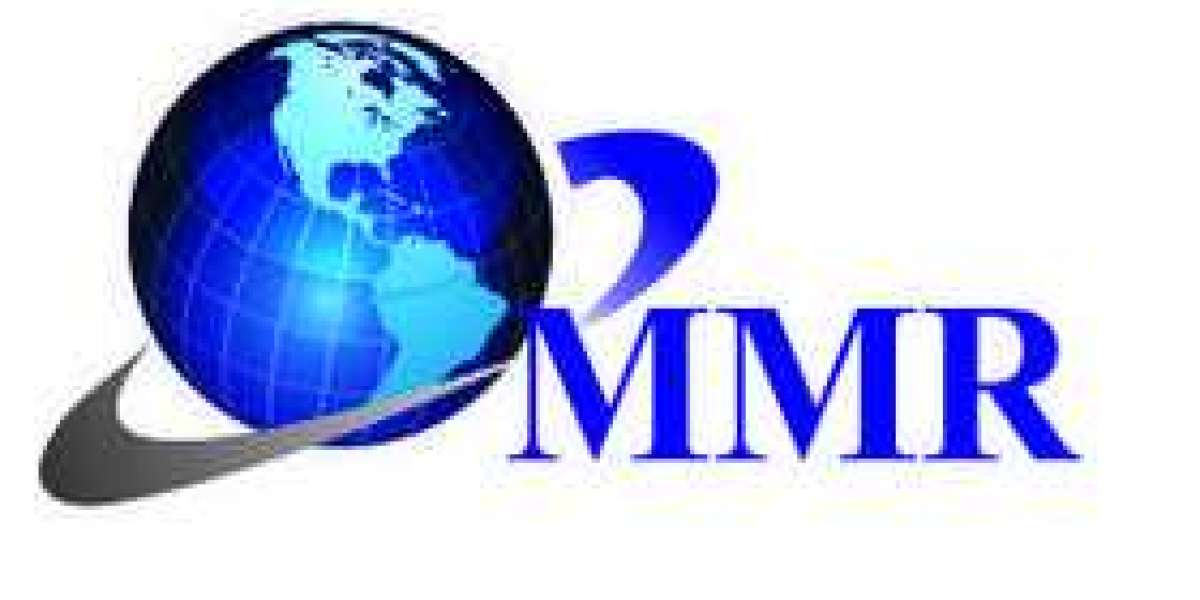LSZH Low Smoke Zero Halogen Cables Market
The LSZH Low Smoke Zero Halogen (LSZH) Cables Market has experienced significant growth as safety and environmental considerations become more critical in various industries. LSZH cables are designed to reduce the emission of toxic gases and smoke in the event of a fire, making them a preferred choice in environments where human safety and equipment protection are paramount. These cables are commonly used in buildings, transportation systems, data centers, and other infrastructure where fire safety is a top priority.
One of the primary advantages of LSZH cables is their ability to minimize the release of harmful halogens, which are chemicals found in many traditional cable materials. When exposed to fire, cables containing halogens can emit corrosive and toxic gases that pose serious health risks to people and can damage sensitive equipment. LSZH cables, on the other hand, are made from materials that do not contain halogens, reducing the release of these hazardous substances during a fire. Additionally, LSZH cables produce significantly less smoke compared to conventional cables, which can improve visibility and facilitate evacuation efforts in the event of an emergency.
The demand for LSZH cables has been driven by stricter safety regulations and building codes in many regions. Governments and regulatory bodies around the world are increasingly mandating the use of low smoke and halogen-free materials in critical infrastructure to enhance fire safety. For example, in the European Union, construction and building standards such as the Construction Products Regulation (CPR) require the use of fire-resistant materials in specific applications. Similarly, in North America and Asia, various industry standards are promoting the adoption of LSZH cables to improve safety in public and commercial buildings, transportation systems, and industrial facilities.
In addition to fire safety, LSZH cables offer environmental benefits. Traditional cables made with halogen-containing materials can release toxic substances not only in the event of a fire but also during disposal, contributing to environmental pollution. LSZH cables, by contrast, are considered more eco-friendly, as they reduce the potential for hazardous emissions throughout their lifecycle. This has made them increasingly popular in industries with a focus on sustainability, such as green building construction and environmentally conscious data centers.
The transportation sector, including railways, airports, and maritime applications, is a key driver of the LSZH cables market. In these environments, the risk of fire poses significant safety concerns, and the use of LSZH cables can help mitigate the impact of a fire by reducing toxic smoke and gas emissions. Similarly, the telecommunications and data center industries, which rely on vast networks of cables for communication and power, are increasingly adopting LSZH cables to protect both people and sensitive electronic equipment from fire-related risks.
Despite the advantages of LSZH cables, there are some challenges to their adoption. LSZH materials can be more expensive than traditional cable materials, which may be a consideration for cost-sensitive projects. Additionally, LSZH cables may have slightly different performance characteristics, such as flexibility and durability, compared to their halogenated counterparts. However, ongoing research and development efforts are aimed at improving the performance of LSZH cables, making them more competitive with traditional cable technologies.
Geographically, the LSZH cables market is seeing growth across multiple regions. Europe is a leading market due to its stringent safety and environmental regulations, with countries such as Germany, the UK, and France adopting LSZH cables in various applications. North America is also a significant market, driven by the construction, transportation, and data center industries. In Asia-Pacific, rapid infrastructure development, particularly in China, India, and Japan, is fueling the demand for LSZH cables as safety standards become more stringent.
Looking forward, the LSZH cables market is expected to continue its growth trajectory as fire safety and environmental sustainability remain key priorities for industries worldwide. The increasing adoption of green building practices, the expansion of transportation infrastructure, and the growing demand for data centers and telecommunications networks are likely to drive further demand for LSZH cables. As technology advances and manufacturing processes become more efficient, LSZH cables will become an even more viable and attractive option for a wide range of applications.






